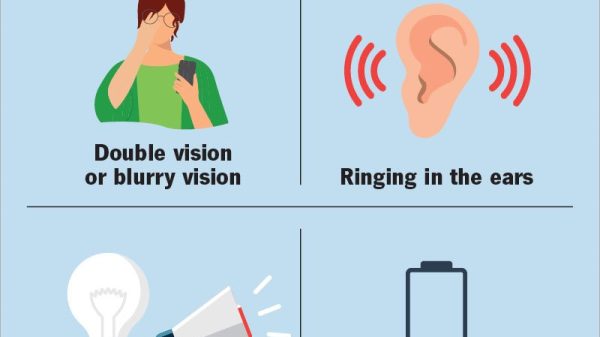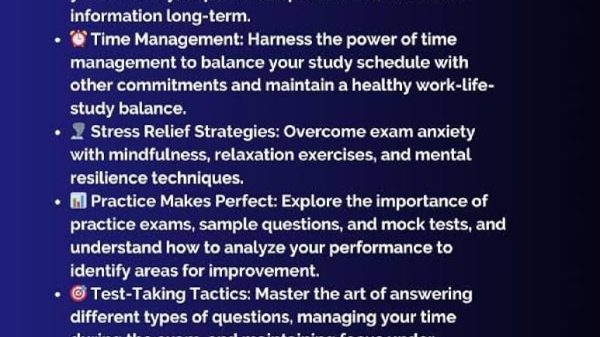Parenting comes with its fair share of worries and concerns. One such concern is whether your child is getting the restful sleep they need. Sleep apnea is a condition often associated with adults, but did you know children can suffer from it too? In this article, we’ll explore the signs of sleep apnea in children and provide you with a detailed quiz to help you determine if your child may be at risk.

Credit: www.sleepfoundation.org
Understanding Sleep Apnea in Children
Before we dive into the quiz, let’s understand what sleep apnea is. Sleep apnea is a sleep disorder where breathing repeatedly stops and starts during sleep. This can lead to poor sleep quality and can have significant negative effects on a child’s growth, behavior, and overall well-being.
Common Signs and Symptoms
Identifying sleep apnea in children can be tricky. Here are some common signs that may indicate your child has sleep apnea:
- Loud snoring: Occurring more than just occasionally and often accompanied by gasping or snorting noises.
- Breathing pauses during sleep: These may be noticed by a parent or caregiver.
- Restless sleep: Including frequent awakenings or tossing and turning.
- Bed-wetting: Especially if it’s persistent and resistant to other treatments or appears after the child was previously dry at night.
- Daytime sleepiness: Even after what seems like an adequate night’s sleep.
- Behavioral issues: Such as irritability, difficulty paying attention, or hyperactivity.
- Poor academic performance: Which might be due to disrupted sleep patterns.
Does My Child Have Sleep Apnea Quiz
Answer the following questions to the best of your ability. Please note that this quiz is not a definitive diagnosis tool, and you should consult with a healthcare professional if you have concerns about your child’s sleep.
After completing the quiz, if you answered “Yes” to multiple questions, it may be time to discuss your concerns with a pediatrician or a sleep specialist. Remember, early detection and treatment are key to managing sleep apnea in children effectively.

Credit: www.resmed.com
Next Steps
If you’re concerned your child may have sleep apnea, document your observations and share them with your child’s healthcare provider. They may recommend a sleep study to diagnose the issue properly. Treatment options can include lifestyle changes, removal of adenoids or tonsils, positive airway pressure devices, or dental appliances, depending on the severity and cause of the sleep apnea.














